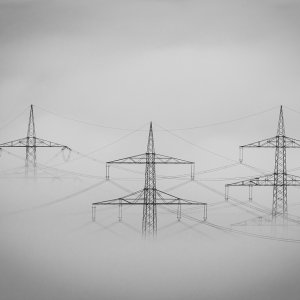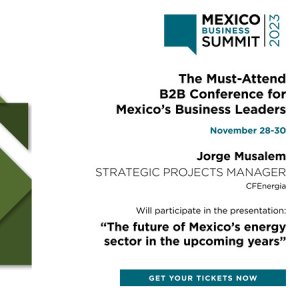Sophisticated Strategies for Auction-Winning Projects

STORY INLINE POST
Q: What is PwC’s primary contribution to Mexico’s energy transition?
A: PwC has been working closely and constantly with both the public and private sectors on assessing the competitiveness of renewable energy in Mexico since 2011. Prior to the Energy Reform, we were deeply involved in analyzing the promise of wind power in terms of capacity, prime locations and how to develop a regulatory framework to capitalize on its potential. Further down the road, we integrated PV and other renewable energy technologies into our assessments. Our inputs provided the basis under which the robustness of Mexico’s infant renewable energy sector is being built.
Q: What are your expectations from CRE executing the any upcoming electricity auctions?
A: The new handbook published by CRE containing the participation bases and specifics does not show any major shift as to how any future auctions are to be structured. The energy industry regulator will save important changes on an improvement basis for future auctions, considering it will have some more time at its disposal to analyze the auction architecture in detail given the cancellation of the fourth edition.
Q: What are the prevalent risks of developing a utility-scale renewable energy project?
A: There are two sets of risks that need to be outlined. First, on the operational and construction side, rights of way, interconnection costs, environmental and social impact studies remain the focal points of potential risks in the project’s development. If the project is known to be dealing with social or environmental issues, or is missing key permits, it will hamper its financing attractiveness. The second is the risk of placing too large a share of the power production at merchant price while assuming that the price tag of that market will remain high in the long term.
Q: What is your assessment of the first operational year of CELs?
A: An imbalance exists in terms of the amount of CELs available as opposed to the amount required by users obligated by law to purchase them. The law includes certain mechanisms that enable qualified users to mitigate non-compliance risks. One of them is the possibility to roll out a portion of the 2018 obligation to 2019. Also, CELs do not have an expiration date, so those that are not used throughout the year can be saved in the Energy Bank for future use. By 2019, several utility-scale projects from the long-term electricity auctions are expected to come online, which will soften this CEL supply shortage.
Q: What clean energy technologies are best suited to compensate renewables’ difficulty to offer capacity?
A: Geothermal is among the ideal candidates, with an 80-90 percent load factor, meaning a geothermal plant can virtually operate continuously all year long. Cogeneration is a close second. While the upcoming fourth long-term electricity auction is not including them, we believe energy storage technologies will make an entry in the midterm to enable renewable energy to offer capacity.
Q: How does PwC keep up with a technologically-dynamic industry?
A: In terms of market development, we work closely with our clients, thinking about the next big thing. When we published our report covering the third long-term electricity auction results, we outlined the necessity to shift toward more complex strategies to be successful in the following auctions: looking for PPAs, placing power production at merchant price and balancing risks. We always make a point on staying one step ahead in both market trends and upcoming regulation. From a technological standpoint, we work closely with our US offices, capitalizing on the network of technology companies available there and our Chicago lab, where continuous screening processes take place on short, mid and long-term technologies. By far, battery-based energy storage systems are set to take the industry by storm.























